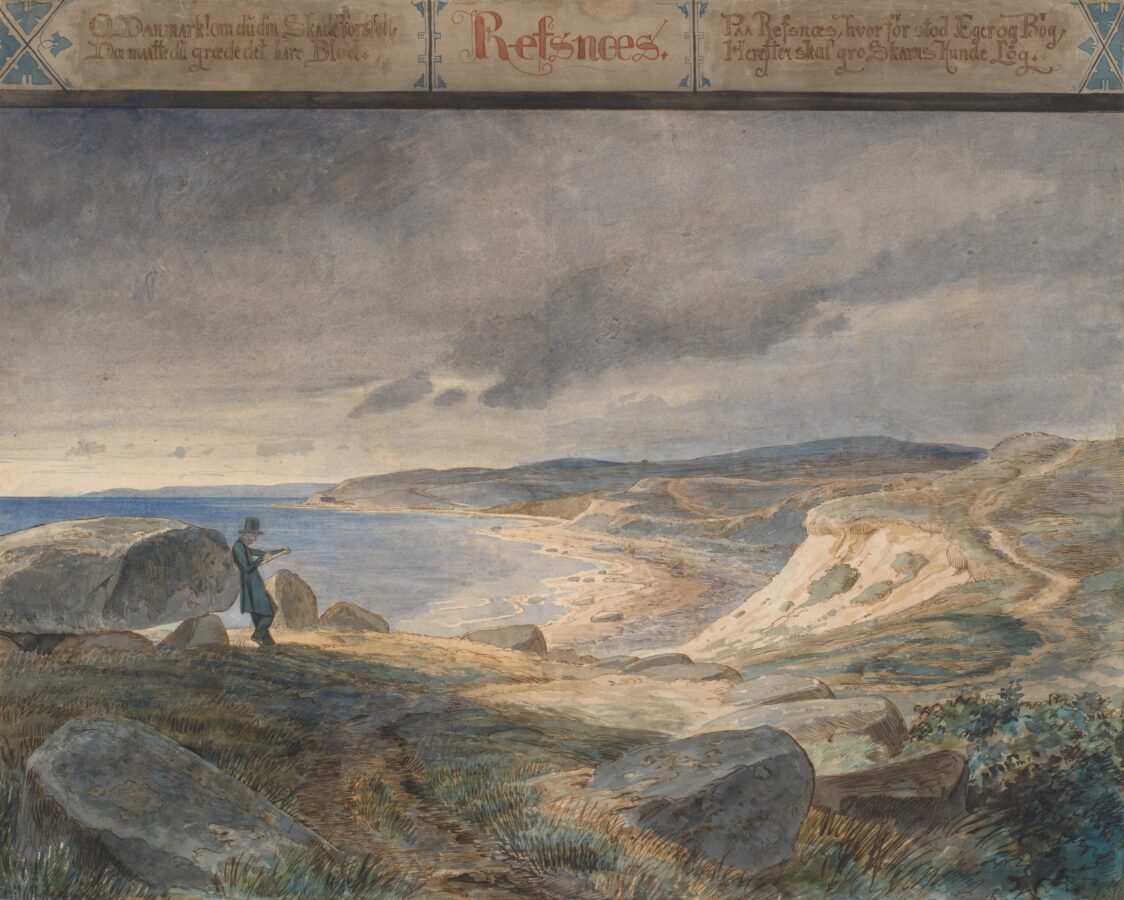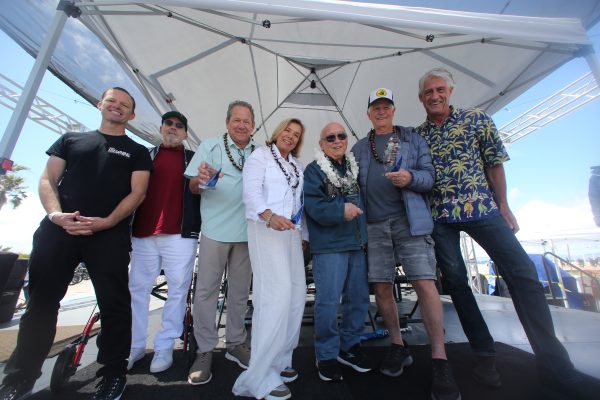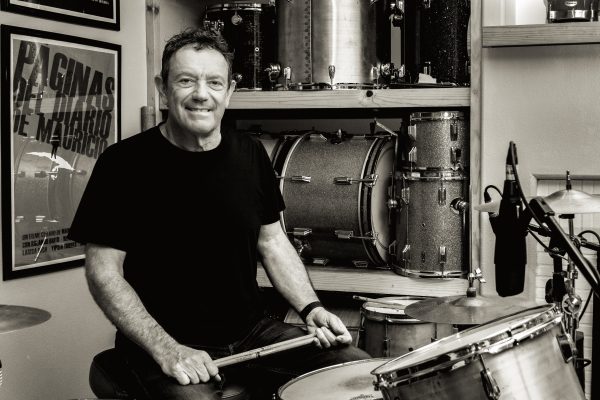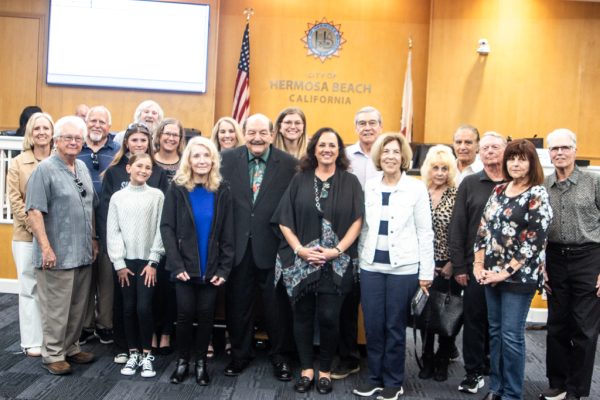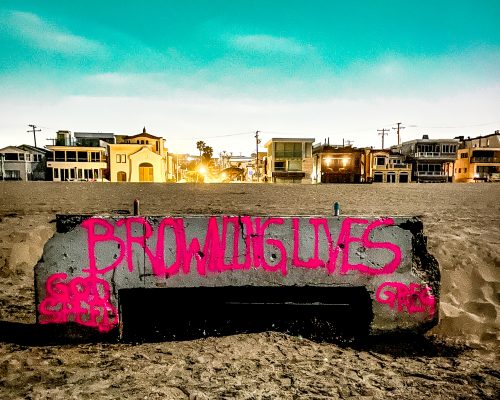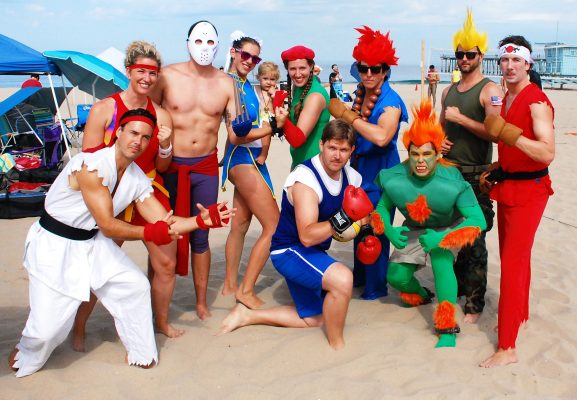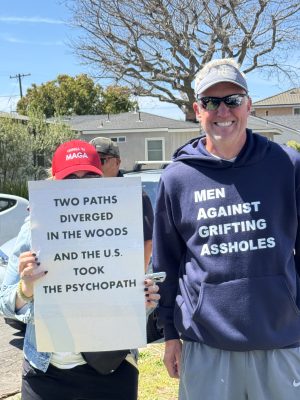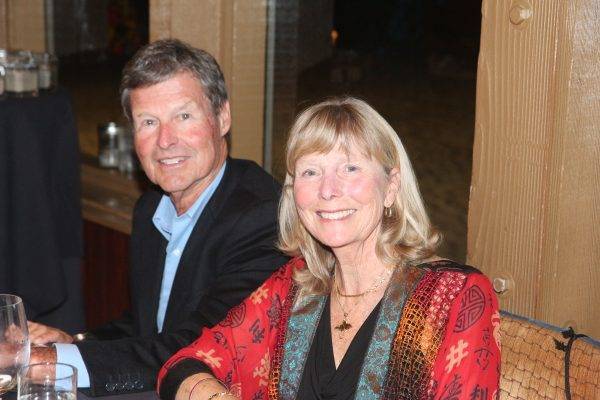Less gold, but still aglow
Beyond the Light: Identity and Place in 19th-Century Danish Art
by Bondo Wyszpolski
Don’t let the subtitle (identity and place?) keep you from this modest but solid exhibition of drawings and oil sketches, most of the work created during the 1820s-1840s with the notable exception of Vilhelm Hammershøi, who came along half a century later. He’s here in part, I think, because the Getty recently acquired one of his works and this is as good a chance as any to show it off to the public.
We often hear about the “golden age” of Danish painting, and indeed that was the title of an exhibition that came to LACMA nearly 30 years ago. But was it really so golden? The introduction to the catalogue for “Beyond the Light” downplays it by focusing on Denmark’s turmoil during that era, pointing out that the times were “neither idyllic nor optimistic for most of its nation’s citizenry, and (with an obligatory wink at woke) certainly not for enslaved peoples in the Danish West Indies.”
Therefore, as noted in the Directors’ Foreword by Max Hollein of the Metropolitan Museum of Art in New York (where this show originated) and Timothy Potts here in L.A. at the Getty, “the exhibition offers a nuanced, more personal history than the official one often represented by the finished paintings exhibited in public and acquired by patrons. It also moves away from the familiar idea of a Danish golden age to take a closer look at the political, philosophical, cultural, and social upheavals that shaped artistic production in nineteenth-century Denmark just as the nation was facing economic ruin and marginalization in Europe.”

Also, they weren’t at home, moping about and fretting over “political, philosophical, cultural, and social upheavals,” but loading up their backpacks and traveling far afield. Although, prior to the 1830s when railroads first appeared, travel was limited to walking or horse drawn carriages, many of these young artists headed to Germany and France and especially Italy. Travel was considered integral to a young man’s education. You’ve heard of the Grand Tour and all that, haven’t you? Rome and the surrounding countryside was one favorite destination, as the show makes evident. A few went farther, to Greece and Turkey. I’ve always wondered where the Italian artists went, but that isn’t addressed here.

At any rate, since Denmark is mostly surrounded by water, the ocean and the coast figure in many of the works. We can sum up Freyda Spira’s essay, “Denmark and the Sea,” by quoting its closing sentence, which states that “Danish identity is connected to the seas and waterways that define the boundaries of the nation.”
And, sure enough, many of the artists in the show, such as Johan Thomas Lundbye, purposely set out to capture the beauty of the land before it vanished. As Gry Hedin points out, people at the time were not yet fully aware of “the irreversible impacts of human activity,” although they didn’t fail to notice how deforestation and urbanization were changing the landscape. What they couldn’t yet conceive of was that eventually the entire planet would suffer.

Gry Hedin also writes that “The sensitivity that nineteenth-century Danish artists brought to their work still resonates for contemporary audiences through our connections to the past, especially as we look with trepidation to the future and to what it holds for the natural world.”

Well, I think that’s enough for now. This show won’t razzle-dazzle you like “Tim Walker: Wonderful Things”, also on view, but there are some beautiful pieces that may even have you thinking about a few days in Denmark while planning your next European vacation.
Beyond the Light: Identity and Place in 19th-Century Danish Art is on view through August 20 in the J. Paul Getty Museum, 1200 Getty Center Drive, Los Angeles. Hours, Tuesday through Friday and Sunday from 10 a.m. to 5:30 p.m.; Saturday from 10 a.m. to 8 p.m. Closed Monday. Free (parking is usually $20), but reservations for timed entries are required. Somewhat related is the lecture by Dr. Bridget Alsdorf, “Hammershøi’s Shadow,” scheduled for July 16. Hammershøi is perhaps more of a Symbolist painter, closer to Fernand Khnopff and J.W. Waterhouse than to Eckersberg, but he does seem to cap Danish art as it segued into the 20th century. Visit getty.edu. ER

